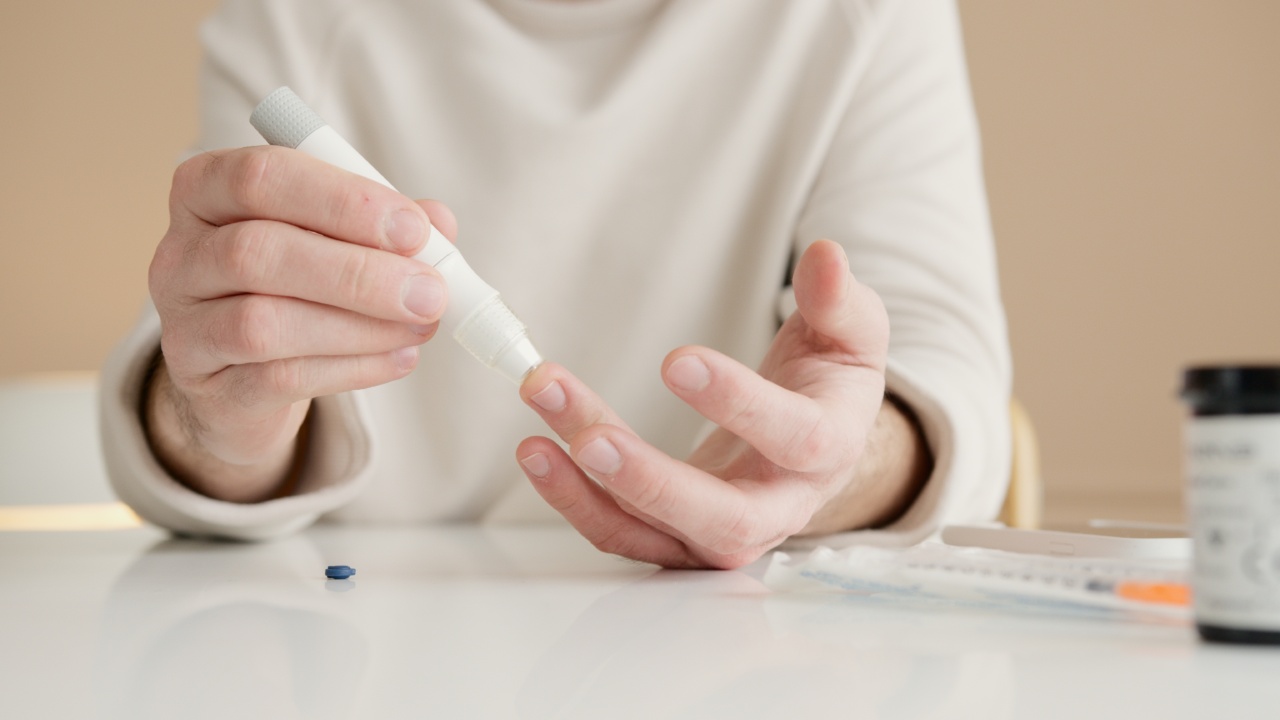Diabetes is a chronic condition that affects millions of people worldwide.
Type 1 diabetes, also known as juvenile diabetes, is an autoimmune disease in which the body’s immune system mistakenly attacks and destroys the insulin-producing cells in the pancreas. This results in a lack of insulin, a hormone necessary for regulating blood sugar levels.
The Importance of Early Diagnosis
Early diagnosis of type 1 diabetes is crucial in order to start treatment as soon as possible.
Delayed diagnosis can lead to serious complications such as diabetic ketoacidosis, a potentially life-threatening condition characterized by high blood sugar levels and the presence of ketones in the urine.
Current Diagnostic Methods
Currently, the diagnosis of type 1 diabetes relies on a combination of symptoms, blood tests, and the presence of certain autoantibodies. Common symptoms include frequent urination, excessive thirst, unexplained weight loss, and fatigue.
Blood tests are used to measure blood glucose levels and detect the presence of autoantibodies against insulin-producing cells.
The Limitations of Current Diagnostic Methods
Although the current diagnostic methods are effective, they have some limitations. In some cases, the symptoms of type 1 diabetes may be mild or go unnoticed, leading to delayed diagnosis.
Additionally, the presence of autoantibodies may not be detectable in the early stages of the disease, further delaying diagnosis.
A Promising New Diagnostic Blood Test
Researchers have been working on developing a diagnostic blood test that could detect type 1 diabetes at an earlier stage.
This test aims to identify specific biomarkers in the blood that are indicative of the destruction of insulin-producing cells in the pancreas.
How the Test Works
The diagnostic blood test for type 1 diabetes works by analyzing the levels of certain molecules in the blood that are released during the destruction of insulin-producing cells.
These molecules, known as microRNAs, are small RNA molecules that play a role in regulating gene expression. By measuring the levels of specific microRNAs, the test can determine whether there is ongoing destruction of insulin-producing cells.
The Potential Benefits
If this diagnostic blood test proves to be effective, it could lead to earlier detection and treatment of type 1 diabetes.
Early diagnosis would allow healthcare providers to intervene before significant damage occurs to the pancreas and insulin production is severely compromised. This could potentially delay or even prevent the onset of symptoms and complications associated with the disease.
Further Research and Validation
While the initial results of the diagnostic blood test for type 1 diabetes are promising, further research and validation are necessary before it can be implemented in clinical practice.
Large-scale clinical trials are needed to determine the accuracy and reliability of the test in different populations.
Implications for Treatment
If the diagnostic blood test for type 1 diabetes becomes widely available, it would have significant implications for treatment strategies.
Early diagnosis would allow healthcare providers to start treatment with insulin therapy at an earlier stage, potentially preserving the remaining insulin-producing cells in the pancreas. This could result in improved long-term glycemic control and a reduced risk of complications.
Conclusion
The development of a diagnostic blood test for type 1 diabetes that can detect the disease at an earlier stage holds great promise for improving patient outcomes.
Early diagnosis would enable healthcare providers to initiate treatment sooner, potentially preventing or delaying the onset of symptoms and complications. However, further research and validation are required before the test can be implemented in clinical practice.



























